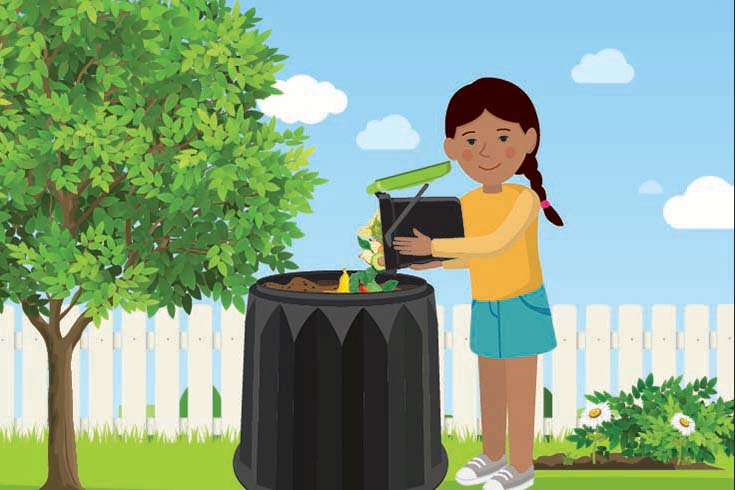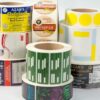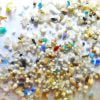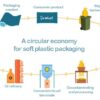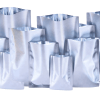How to compost compostable packaging at home?
In a world with a society increasingly aware of the impact that its actions generate on the environment, compostable packaging has become very popular.
Currently, many companies have decided to use this type of packaging to, in addition to get other benefits, help prevent contamination and take care of our most precious natural resources. However, not everyone knows what to do with compostable packaging once they use what’s inside.
But, that’s not a problem. Here, we bring you information on how to compost packaging at home in a very simple and fast way. Pay attention!
The first thing we must understand is what is compostable packaging, which is quite different from biodegradable. The latter also decomposes in the soil, but compostable packaging, in addition to it, provide nutrients and enrich it. So it is very useful for planting or sowing.
Now, we are going to know how to make homemade compost based on this innovative packaging method.
Homemade compost with compostable packaging.
To start, we must understand that compostable packaging is designed to decompose in a natural or organic state when placed in a composting environment. This means that we must prepare the conditions for it through the following and simple steps:
- 1. We will need a composter: This is the element where we are going to grow our homemade compost. It must be a suitable container in which to add the raw material that, little by little, will become compost. You can buy one or, as a better option, recycle an object that you can give it the same use.
- 2. It’s time to select the raw material: To make compost, the different ingredients you can use are fruit peels, vegetable waste, eggshells, herbs, cardboard, ground coffee, pet waste, tea leaves, or ground tea and, of course, our compostable packaging.
- 3. Prepare the composter: This is the place where our compost will grow, as we have said. Therefore, it must be in optimal conditions. You can use a prefabricated one or recycle something that works for it, such as a plastic box, the important thing is that it does not touch the ground and that you can make holes in the base to facilitate air circulation.
- 4. Start layering materials: This is the perfect trick to keep your compost from getting damaged and from turning into a useless smelly dough. In this sense, we recommend interlaying wet and dry waste in alternate layers. Place the first layer of soil and a second layer of dry materials such as straw, remains of pruning branches, sawdust, among others, and then add the rest of the materials and compostable containers. These first dry coats will prevent your composter’s bottom from rotting and spoiling the mix.
- 5. Watering the homemade compost: This homemade organic fertilizer needs a certain degree of humidity to form. Thus, we must water it from time to time without watering the container. It should not be a huge amount of water, but we must ensure that the moisture penetrates the different layers that we have been adding to our composter.
Finally, be patient. Depending on the materials and the conditions in which our compost grows, it can take from a few months to two years for it to be completely ready. But don’t despair! You will see that this is the best way to take advantage of compostable packaging and also help the environment.


